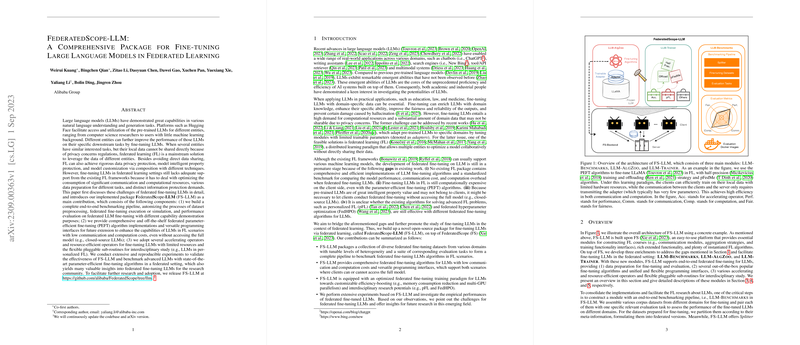Analysis of an Academic Bibliography Format Document
In examining this particular paper, a distinct observation can be made on its primary purpose: the structuring and management of bibliographic references within academic documents. The content is specifically formatted in LaTeX, a widely used typesetting system in the academic community, emphasizing the utilization of the biblatex package for bibliographic management. This paper consists entirely of the foundational structure necessary for including references in a format suitable for conference submissions—specifically catering to guidelines set by ICLR 2023.
Core Structure and Components
The document is notable for its minimalistic approach, establishing a baseline skeleton indispensable to researchers who are preparing manuscripts for peer-reviewed conferences. Key components within the document include:
- Document Class Declaration: By invoking
\documentclass{article}, it ensures compatibility with basic article formatting, a versatile choice for diverse academic disciplines. - Bibliography Management: The integration of
\nocite{*}is crucial as it signals the inclusion of all references from the bibliographic database file, here indicated asiclr2023_conference.bib. This is a strategic approach during the draft stages of a manuscript, allowing for comprehensive visibility over all bibliographic entries. - Bibliographic Style: The style
iclr2023_conference.bstaligns the bibliography's presentation with ICLR's specific styling requirements, an aspect of critical importance for adherence to conference submission standards.
Implications for Research Practice
This document, though short, underscores a vital element of research dissemination—the meticulous curation and formatting of references. Its implications lie in:
- Standardization: Providing a structured template accelerates the process of manuscript preparation, enabling researchers to focus on content quality rather than formatting nuances.
- Automation: By utilizing systems like BibTeX or BibLaTeX, researchers reduce manual errors in citation and improve the consistency of reference styles across publications.
- Collaboration: Standard templates facilitate collaboration among authors who may be geographically dispersed, ensuring uniformity in document preparation.
Potential for Future Developments
While the document serves a highly specific but essential role, future directions could expand upon automated reference management integration within emerging, AI-powered LaTeX editors. Such advancements may involve:
- Enhanced error detection in bibliographic entries through AI to ensure accuracy.
- Intelligent suggestions for relevant references based on document content analysis.
- Cloud-based collaboration tools that integrate directly with bibliography management to support real-time updates and synchronization among co-authors.
In conclusion, this document exemplifies an archetype of academic rigor in formatting that is often overlooked but indispensable for seamless scholarly communication. As AI and machine learning continue to evolve, there remains robust potential for further innovations in streamlining the complex tasks associated with academic writing and submission processes.
